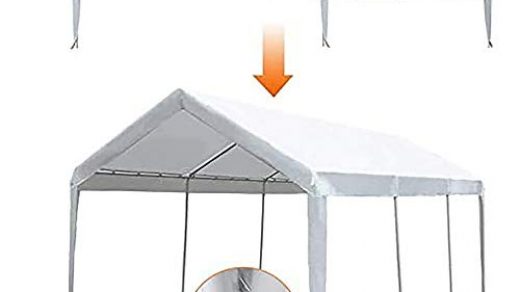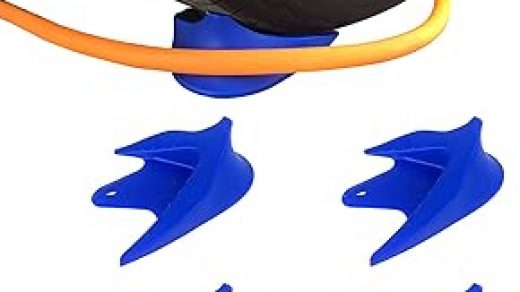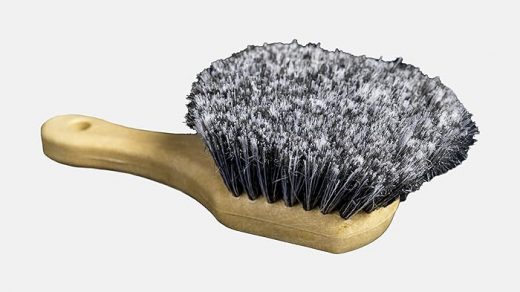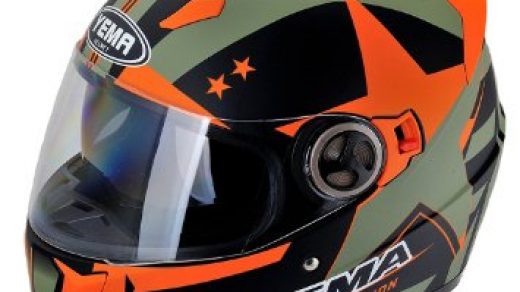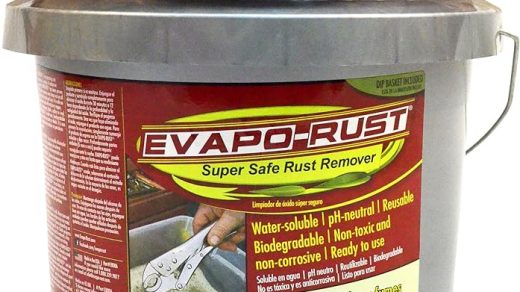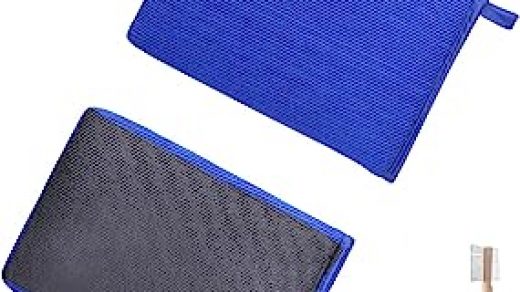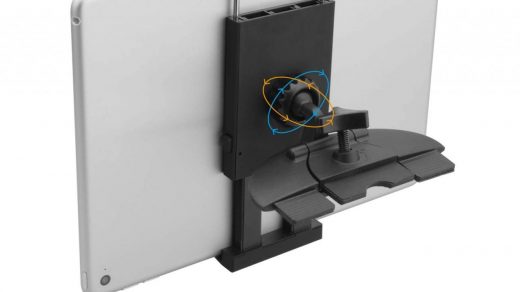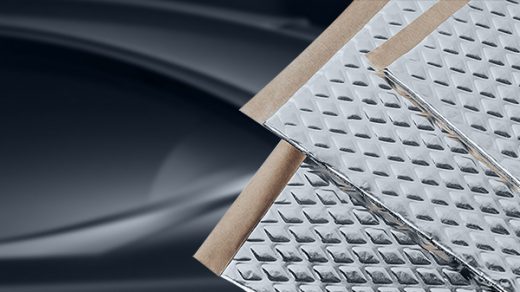CACAGOO Wireless TPMS Tire Pressure Monitoring System
How does the cacagoo tire pressure monitoring system work?
CACAGOO Tire Pressure Monitoring System monitors tire pressure and temperature. It helps you know the situation of four tires and prompts you to take in-time actions to prevent puncture and damage of car parts caused by flat tires.
When to use a tire pressure monitoring system?
If your vehicle was manufactured after 2007, it comes equipped with a tire pressure monitoring system (TPMS). These systems monitor the air pressure in your tires to alert you when it becomes low. TPMS systems can be direct or indirect.
What can I do with the Autel TPMS tool?
The TS401 can receive vehicle information feedback from 4 different sensors on your car. That means, with this tool you can get Sensor ID, Tire Pressure, Battery information and Temperature from the tires. Autel TS401 could wirelessly activate any known OEM / Universal TPMS sensors to access to the fault TPMS sensors.
How does a TPMS system work on a tire?
TPMS systems can be direct or indirect. A direct TPMS (most common) uses sensors in each wheel to communicate pressure information to a central vehicle receiver, while an indirect TPMS determines pressure information by estimating a tire’s rotational speed.
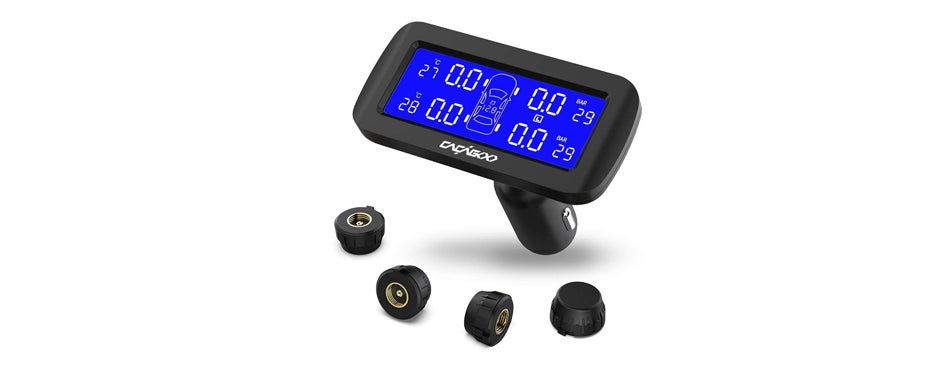
If you’re looking for a tire pressure monitoring system that won’t break the bank, CACAGOO’s offering could be ideal for you. The system can keep track of the pressure and temperature of four tires at once, making it ideal for the average car. The monitor screen will give you advanced visual and audio warnings of air leaks, and other common tire issues, so you can take action before the problem worsens.
The wireless system is easy to install – one sensor is attached to each of your car’s tires, while an easy to read monitor sits inside the cab and receives information from the sensors wirelessly. Each sensor runs on readily available CR1632 batteries, and the monitor can be conveniently recharged from your car’s cigarette lighter.
The sensors’ tough casing can withstand the onslaught of dust, rain, and snow, so you can use your TPMS safely and effectively for many years to come.
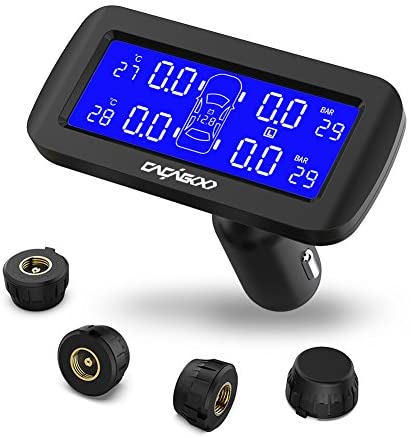
CACAGOO Wireless TPMS Tire Pressure Monitoring System $55.99
Displays real-time and individual pressure and temp data of 4 tires · Warns you of abnormal tire situations and helps prevent flat tires · Forecast air leakage, …
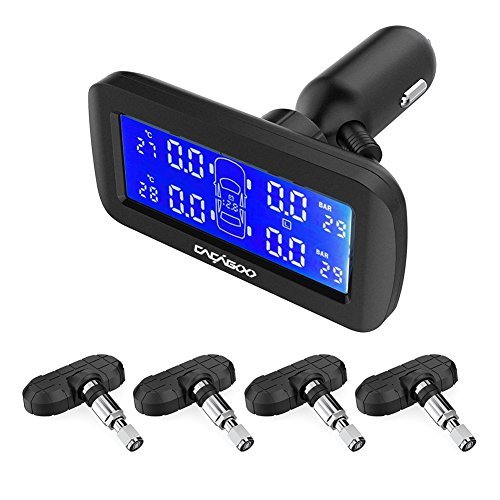
CACAGOO Wireless Real-time Tire Pressure Monitoring System …
CACAGOO Tire Pressure Monitoring System monitors tire pressure and temperature. It helps you acknowledge of the situation of four tires and prompt you to take …
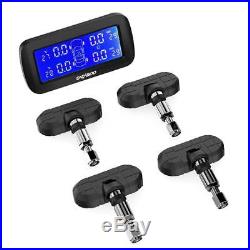
CACAGOO Wireless TPMS Tire Pressure Monitoring System with 4 …
It helps you know the situation of four tires and prompts you to take in-time actions to prevent puncture and damage of car parts caused by flat …
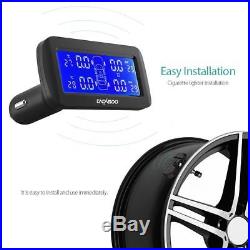
What are the best after market tpms according to Reddit?
Not the exact one, but similar. CACAGOO Wireless TPMS Tire Pressure Monitoring System with 4pcs External Sensors (0-8.0 Bar/0-116 Psi), Temperature …
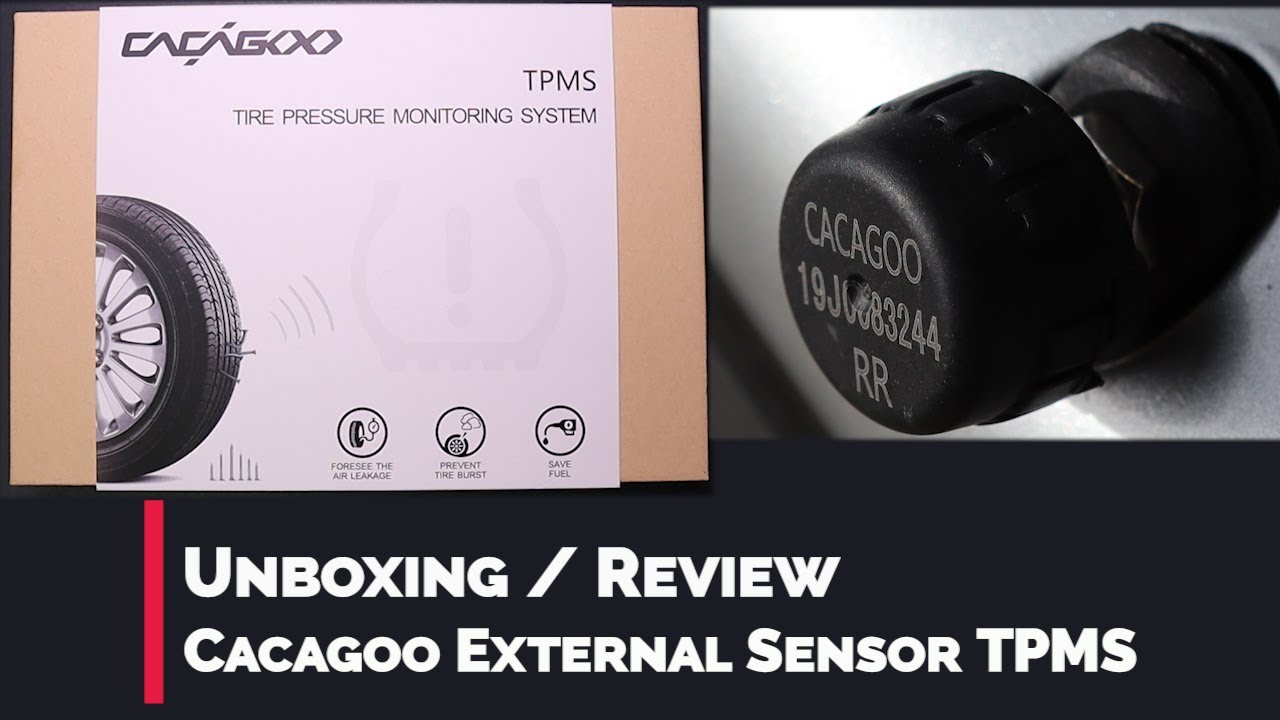
P451 TPMS Manual TABLE OF CONTENTS TIRE PRESSURE …
Manual for Tire Pressure Monitoring Systems, TPMS … Caution The system is wireless RF product; therefore, it may not receive signal due to.
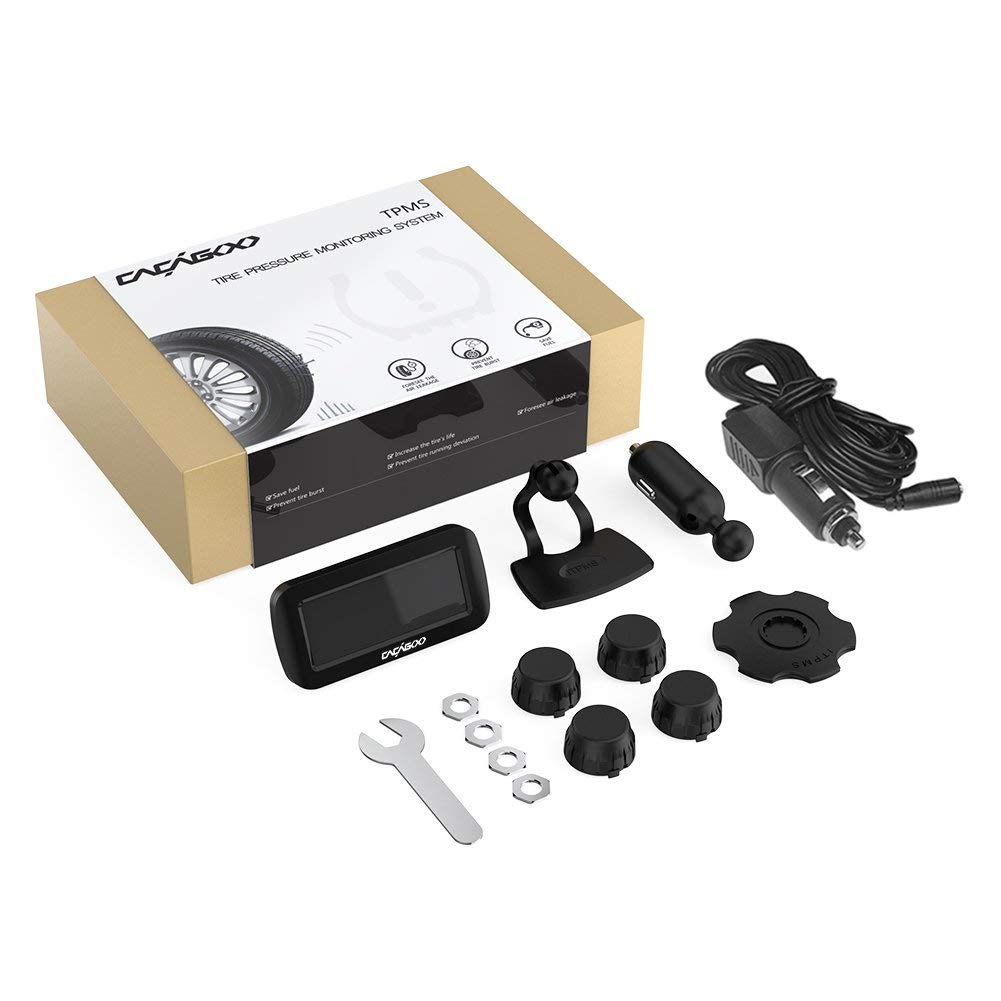
Best RV & Trailer Tire Pressure Monitoring Systems (TPMS)
Our top pick is the CACAGOO Wireless TPMS. It allows you to see the real time air pressure and temperature for all four tires on the screen simultaneously; each …
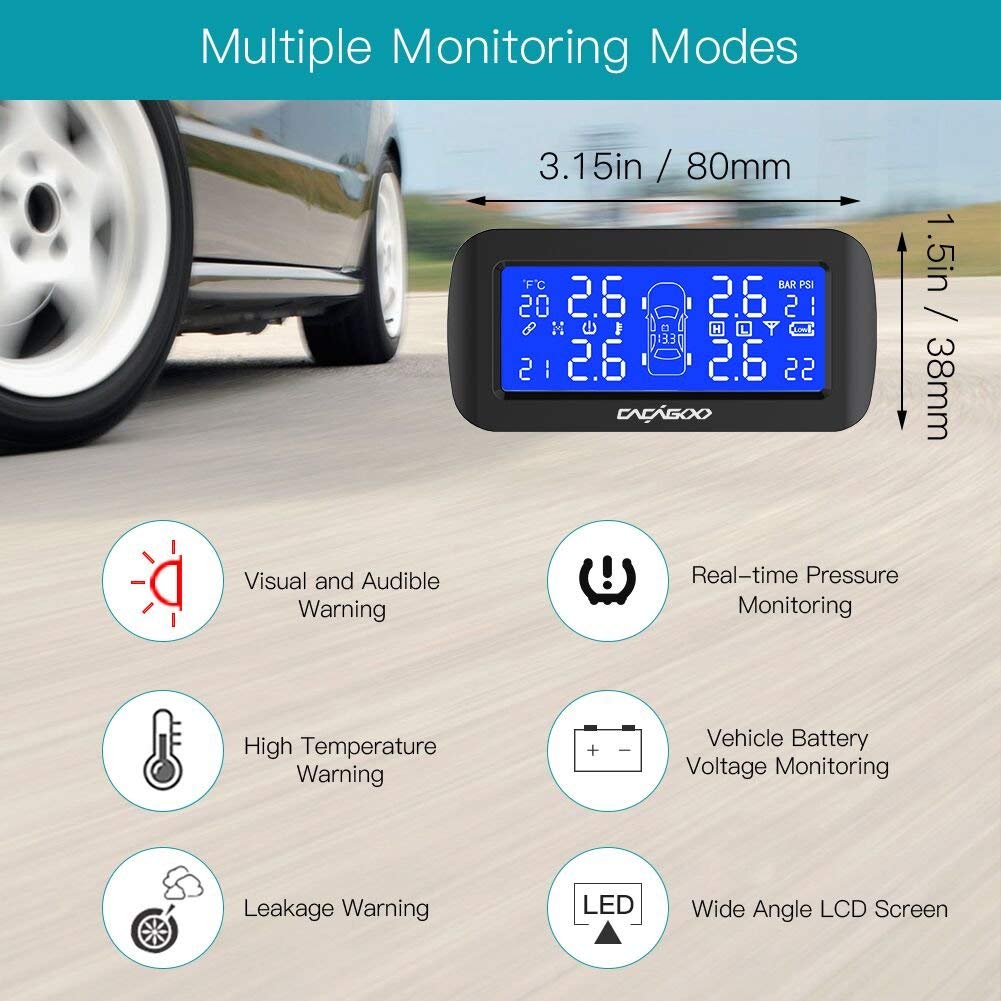
9 Best RV TPMS Today with Detailed Reviews – ReviewsWorthy!
This TPMS by Cacagoo is Amazon’s choice for a trailer tire monitoring system and comes with 4 sensors to keep you updated about …
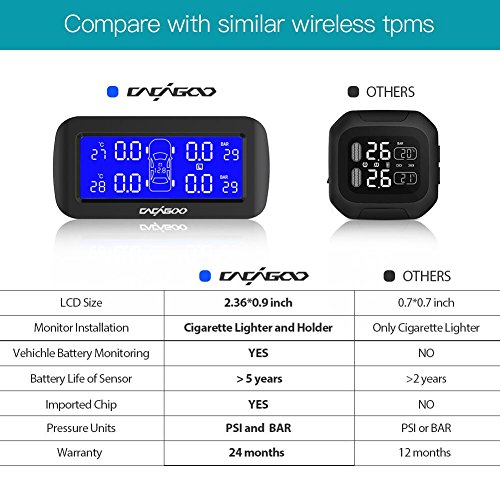
CACAGOO Wireless TPMS Tire Pressure Monitoring System with …
Buy CACAGOO Wireless TPMS Tire Pressure Monitoring System with 4pcs External Sensors 0-8.0 Bar 0-116 Psi, Temperature and Pressure LCD Display, …

The Best Tire Pressure Monitoring Systems (TPMS) – AutoGuide.com
Boasting a larger display than other products is Cacagoo’s wireless TPMS kit. Along with real time pressure monitoring and high …
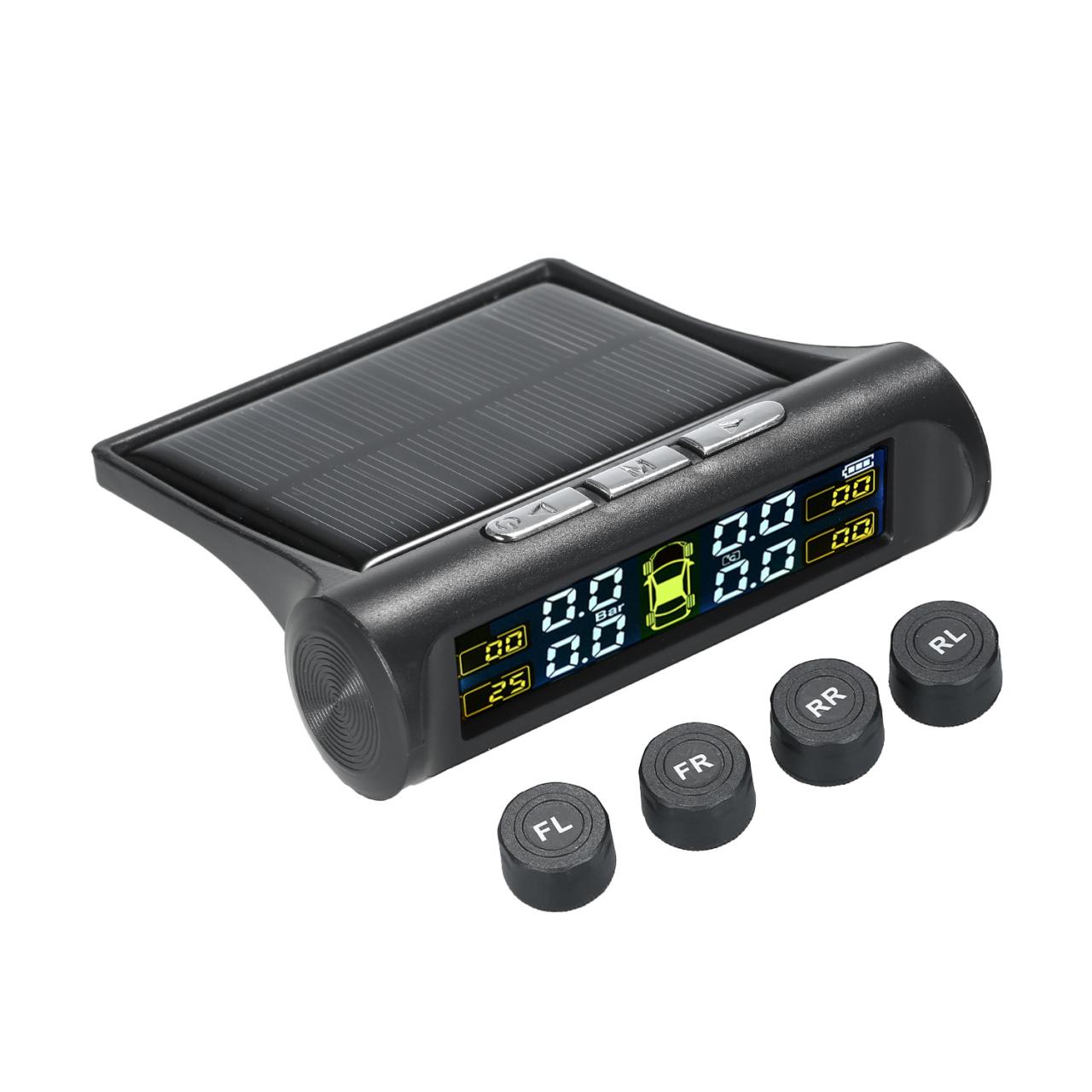
CACAGOO Wireless Real-time TPMS Tire Pressure … – Wish
image Source:CACAGOO Wireless TPMS Tire Pressure Monitoring System Up to 28% off – Dealmoon
Buy CACAGOO Wireless Real-time TPMS Tire Pressure Monitoring System with Large Clear LCD Display Alarm Function 4 Internal/External Sensors Psi Bar Units …
